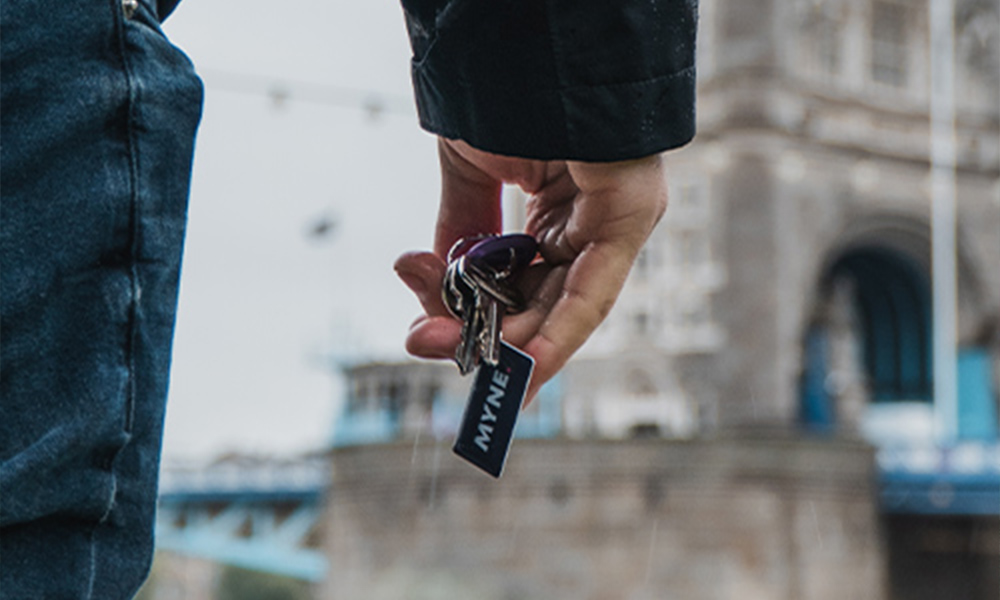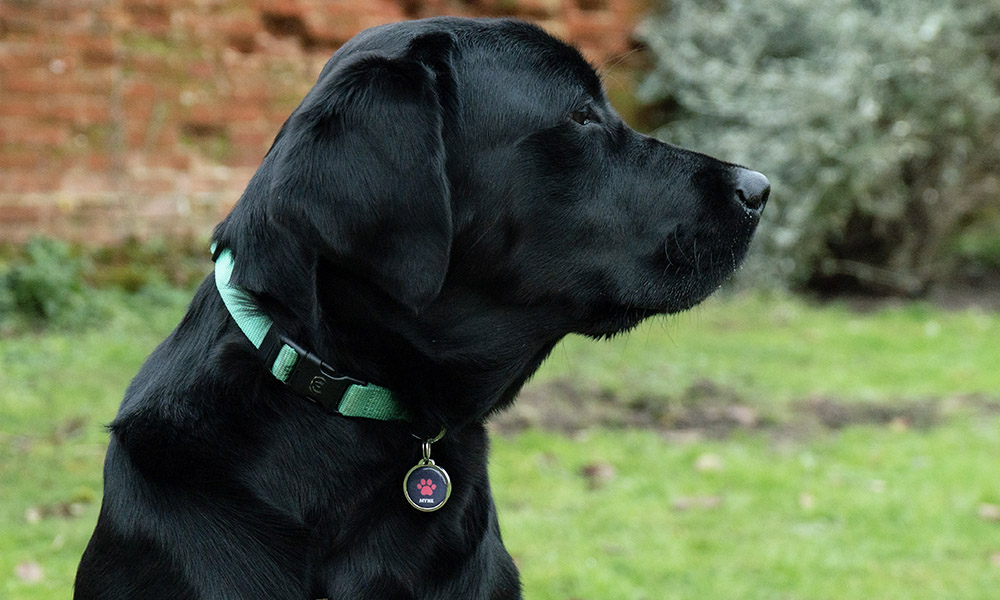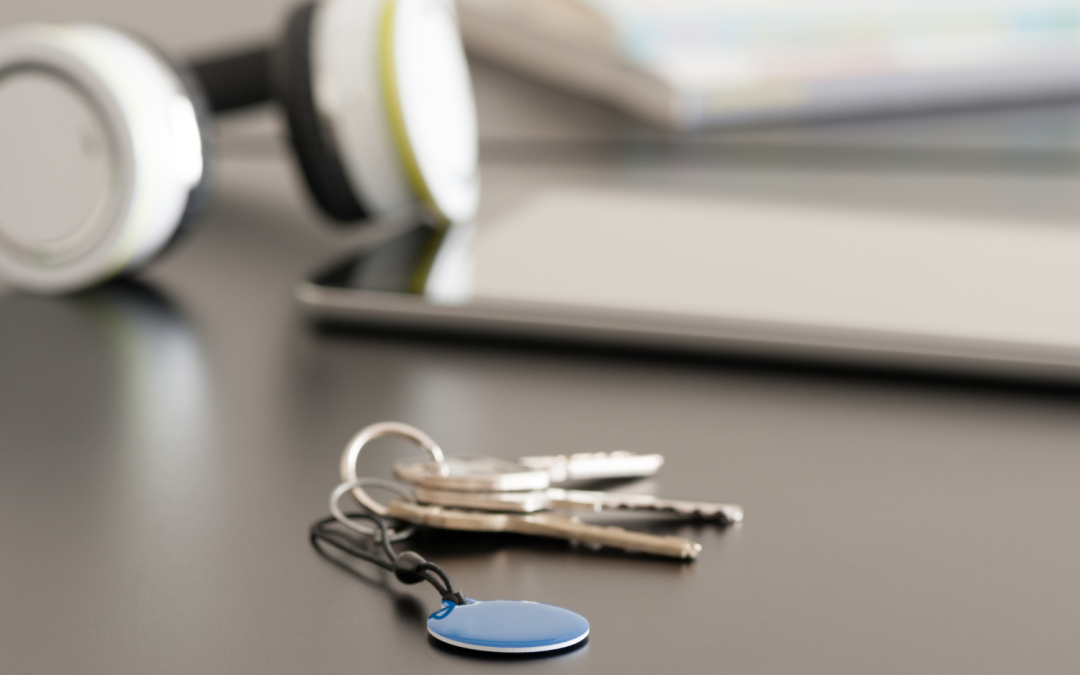NFC (Near Field Communication) tags are small pieces of plastic that can be attached to a keychain or anything else. The NFC tags are programmed to do something when you tap them against another NFC-enabled device, like a phone.
These tags are small stickers that can be used to store information. They can be used to store contact details, photos, links and other data. They are common in marketing as they make it easy for consumers to scan a tag in order to gain more information or access bonus content.
The most common way of using this technology is through phones with NFC chip. In order for a tag or sticker to function properly with your phone the antenna needs to have been placed on both sides of the sticker so that it can communicate with either side of the phone (front or back) using RFID.
How NFC tags work
They are small stickers or cards that can be used to store information, such as contact information, photos, and more. You can use NFC technology to track your belongings: attach one to your laptop, phone or other valuable item and if it gets lost you’ll know where it is.
They’re also great for storing personal information: in the case of an emergency when you’re incapacitated (due to injury or illness), whoever finds you can read this data from the tag and get in touch with someone who knows how best to help them. They’re also used to make contactless payment via google pay .
The tags are also useful for accessing private sites like hotel rooms, changing rooms at gyms etc., without having to type in a password each time – all they need is their phone with NFC capabilities!
Setting up your tags using an NFC enabled smartphone
You can set up a tag by either:
- Scanning the QR code on your tag using an NFC enabled smartphone or tablet.
- Using the tag’s default settings, which should be printed on the back of it.
Once you have scanned or entered the information for your tag, you will see a screen that displays how much memory is remaining and how many tags can be stored. You can now add more tags if needed. Once this is done, tap “Done” to save your changes and exit out of Settings.
How to use NFC tags

Now that you know the basics of how the tags work, let’s get into some real-world applications.
- Organize your items. If you like to compartmentalize and put everything in its place, embedded NFC tags are great for this. You can label clothes by season and then stick them on hangers or in drawers so you’ll know what goes together when getting dressed in a hurry. Or maybe some tools should go back in their original boxes after use, but others don’t need any more special treatment than being placed tidily on a shelf somewhere out of sight—just write their name on a tag and stick it on the toolbox!
- Track your items. If you’re worried about losing something important (like a pair of keys), simply write its name onto a tag with a permanent marker and then attach it to whatever object(s) will help ensure they’re never misplaced again: keychain fob? Backpack strap? Wallet zipper pull? Whatever works best for you!
- Retrieve lost items. Put them inside something else before letting someone borrow it—that way if they forget where they put it (or if someone accidentally loses track), there’s no need for panic or expensive replacements; just scan through all available data sources until one reads back “key ring” or “wallet” or whatever else was written down originally onto each respective identifier sticker label
Uses of NFC Tags and NFC Readers
NFC tags are especially useful in certain situations where it’s easy to lose things, like a hotel room or workplace break room. These tags can be used for a variety of purposes: tracking lost items; keeping track of pets; monitoring access to rooms or buildings; building better customer loyalty programs at stores by rewarding customers with discounts when they scan their phone/ smart devices at checkout (a process called “tap-to-pay”); creating digital business cards that anyone can scan from their smart phone or tablet; building interactive displays (like placing one on your car windshield so people know who is driving); even opening doors!
Smartphones that have NFC (Near Field Communication)
NFC (Near Field Communication) is a short-range wireless two-way communication technology that allows two devices to establish an encrypted connection by bringing them within 4 inches of each other.
NFC tags are small stickers that can be used to store contact information, such as phone numbers; data transfer; connect to Wi-Fi networks; launch apps on your smartphone; or even pay for things through apple pay or google pay even samsung pay.
Some smartphones have built-in NFC functionality, including all phones running Android 5.0 Lollipop and higher, as well as iOS 9 devices like the iPhone 6s or newer.
Why you should buy NFC tags from MYNE.
MYNE. is a great place to purchase NFC tags. If you have one device that already has near-field communication technology, it’s an easy way to set up your environment for tag-based interactions. MYNE. is a simple, safe and affordable way to add protection to your personal items. They offer a way to help your lost items find their way home. If you want something more durable than paper and smaller than a typical chip card, then there’s nothing wrong with getting one from myne.io.
Where to get NFC smart tags from other manufacturers and stores

If you are looking for different types of tags online from other manufacturers and stores, you can get them at Amazon and eBay.
To get an NFC tag from MYNE., follow these steps:
- Go to the “myne.io” website.
- Purchase MYNE tags from the online store.
- Create an account and add item information (click on the “setup” button on the page and follow the prompt).
- Attach a tag to your personal item
MYNE. also has digital pet tags that make it easy to share your information, offer rewards and alert finders that your pet is lost.
Everything You Need To Know About How NFC Tags And Readers Work
Simply put, an NFC tag is a tiny inexpensive chip that can store a small amount of information. This can be anything from contact information to website URLs to special offers or coupons.
There are many ways to program these tags: you can write the data onto it using your smartphone (you’ll need an app for this), or you can buy kits that allow you to program them with some simple steps in a few minutes.
The beauty of these tags is that they’re invisible, so you can hide them anywhere. You could put one on your desk, in the back of a book or magazine, under a chair cushion—the possibilities are endless.
They are also easy to use. Just tap your phone or other NFC enabled device on the tag, and it will instantly transmit whatever data is stored within. You can even program your smartphone so that when you tap it on a tag, it automatically launches a certain app (like a web browser) or opens up a specific website (like Google).
There are some downsides to NFC. For one thing, you need an NFC enabled device in order to use this technology (which is why it hasn’t gone mainstream yet). And while these tags cost just a few dollars apiece, they don’t last forever—the data on them will eventually fade away if not refreshed periodically.
The tags are configured to be read by smartphones and other NFC-enabled devices.
NFC tags are small, inexpensive electronic devices that can be programmed to do many things. NFC offers a two-way communication. They can be used to automate your home by turning off lights and locking doors when you leave the house, or they can be used for marketing purposes by linking them up with a website or social media profile as well as wireless communication.
The key to the success of these tags is that they are easy to program. With a simple mobile phone app, you can set up a tag with one tap, and then you can use it over and over again.
The first thing to do is to go shopping for a tag. NFC tags come in many different sizes and shapes available, but the two most common types are stickers and cards. The difference between these two is that stickers can be used on any surface while cards are designed to fit inside wallets or purses.
With stickers, you can stick them to anything that is flat, such as a wall or a window. Cards are designed to be used with smartphones and tablets, so they will only work if you have one device that reads with you since the tags are read-only.
Once you have your tag, it’s time to program it. This can be done using an app on your phone or tablet, which will tell the tag what to do when someone uses it. The most common use of NFC tags is for marketing purposes. By putting them in places where potential customers might see them—such as restaurants and retail stores—you can encourage people to visit your website or social media profiles by tapping their phones near the tag in question without needing to pull out their credit and debit cards.
These tags are a great way to get more customers. You can also use them for personal or professional use, such as creating a calendar reminder or storing valuable information in the form of an address or phone number.
They can be used in many creative ways like launching websites, wirelessly transferring data, sharing contact information, mobile payment, directing people to a social network profile, showing a YouTube video and much more.
Powered NFC tags are small, inexpensive chips that can be used for a variety of purposes. When you tap your NFC enabled phone on the tag, it will trigger the device to perform an action. Some common uses include sharing contact information and launching websites or YouTube videos.
They can also be used to launch apps with one tap.

The most common way to use these tags is by writing a URL or sharing information with your smart phone. The first thing you need to do is get an NFC tag.
You can do this on an NFC-enabled phone or tablet by downloading a free app. There are many different apps out there, but some of the most popular include TagWriter and NFC Interactor. You’ll need to download one of these apps to your device before you can write an NFC tag.
When you open the app, it will ask you to enter a name for the tag. You can also choose whether or not to create a password for protection and add an icon image. After you’re done creating your tag, simply touch it with your smart phone and follow the prompts.
For example, if you open TagWriter and touch your phone to the tag, it will ask if you want to open a website. If so, enter the URL and click “OK”.
If you want to share some of your contact information, click “OK” again. Once you’ve written an NFC tag, you can use it to launch apps or websites on your phone or tablet.
If you want to add a little flair to your tags, you can also add an icon image. Simply load up an image on your phone and touch it to the tag. When you open TagWriter and touch your phone to the RFID tag, it will ask if you want to open a website. If so, enter the URL and click “OK”.
Tags from myne.io however, need no extra application to function. They’ve also been programmed to be able to function with modern smartphones. The website contains detailed information on how to purchase, set up and even retrieve lost items using these tags.
Buy NFC tags. They are super easy to program.
These tags are super easy to program. You can use NFC tags to make custom URLs that you can share with others. It’s a great way to get devices to communicate, to get people interested in what you’re doing and it’s also fun!
Uses for unique NFC Tags include everything from home automation to promotional marketing.
Another thing you need to know about NFC Tags is that the chips can be used for a variety of things. For example, you could use a tag to turn on your lights or set your thermostat, or you could use it to share contact information with others. You could also use an NFC device or NFC stickers to share URLs or social media profiles!
There are many ways that you can use these tags to make your life easier, but the most important thing is to just get started! Once you have your first tag, the world is yours.
Using NFC tags to track your items is a great way of keeping track of them. You can tag your keys, luggage and even clothing so that if they go missing, you will be able to retrieve them with ease.
We’ve explored how the technology works and what you need to know before deciding on whether or not it’s right for you. We hope this article has helped answer any questions about NFC tags and what makes them such a useful tool in today’s world!

